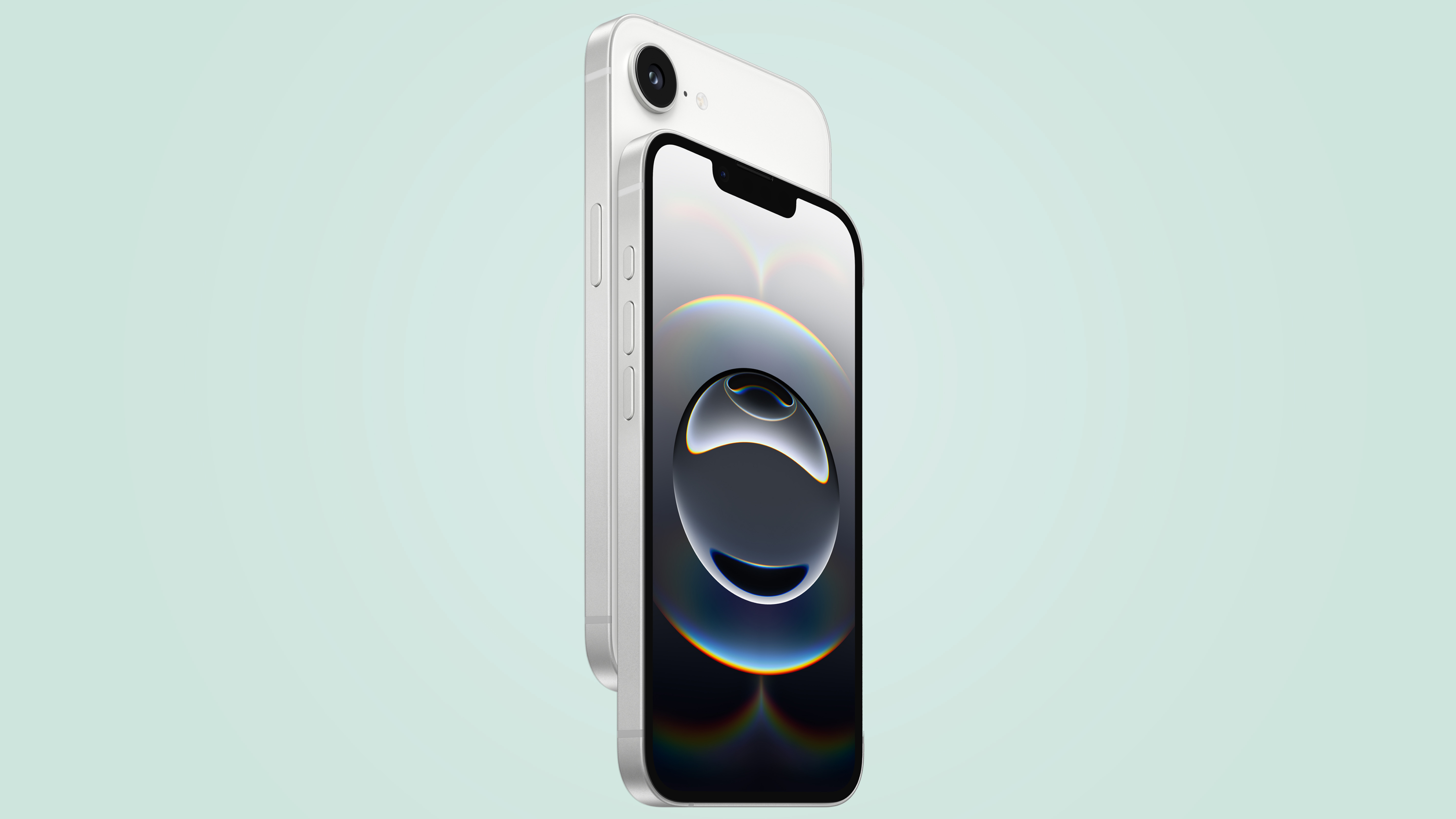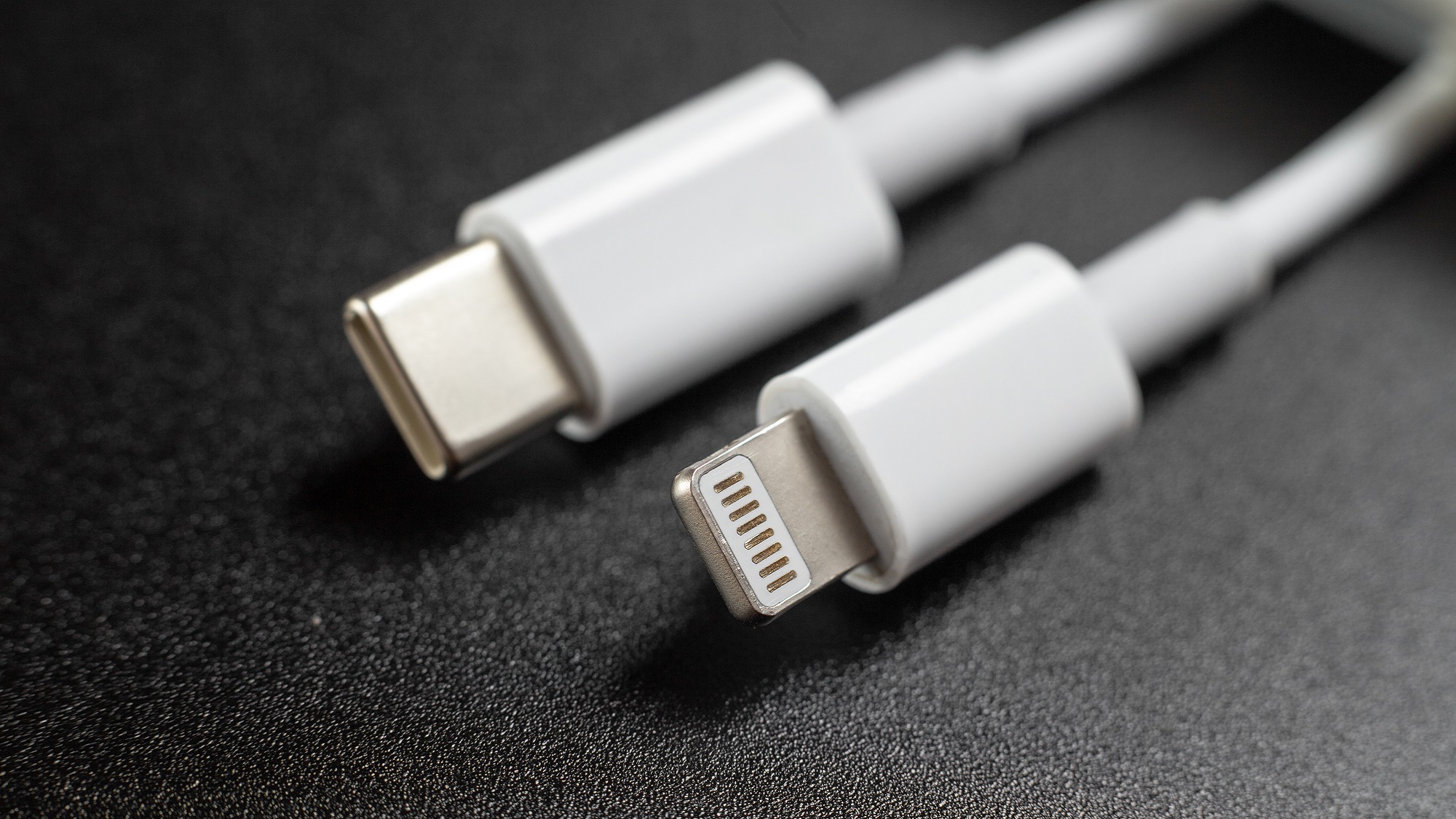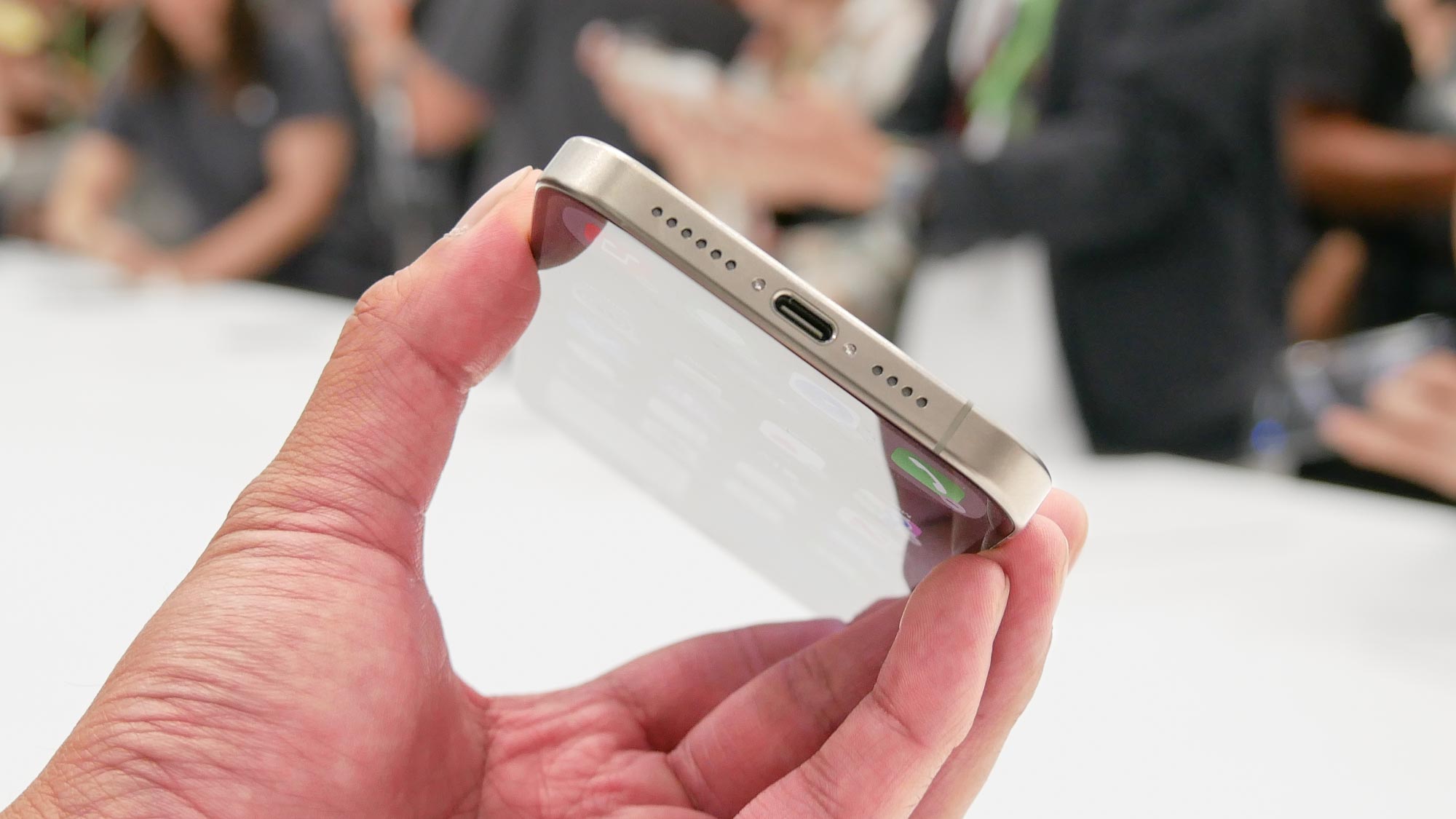Apple has finally killed off Lightning with iPhone 16e — and it's about time
Lightning is dead. Long live USB-C.

This week saw the reveal of the iPhone 16e, a successor to the iPhone SE 3 that sprouted a new iPhone 14-inspired design. Unsurprisingly Apple took the announcement to officially discontinue both phones, as well as the iPhone 14 Plus, and with it landed the final nails in the coffin of Apple’s Lightning connector.
That’s right: almost 12 years after its debut, the Lightning port is officially dead. Now Apple’s entire line-up is powered by USB-C, from iPads and iPhones to Macs and headphones. All that means we can finally say goodbye to Apple’s proprietary connector for good, and embrace the fact the majority of our gadgets can all recharge using the exact same cables.
Lightning was innovative — but stuck around for too long

Back in 2012, when Lightning first hit the scene with the iPhone 5, it was actually pretty incredible. The plug was small, significantly smaller than Apple’s old 30-pin chargers, and reversible — something that was completely unheard of in the world of USB at the time. It was also designed to offer faster charging speeds and better reliability than the alternatives.
The obvious downside was that Lightning was built on USB 2.0 specs, despite the fact that the faster USB 3.0 standard was approaching its fourth birthday at the time. While that wasn’t that big an issue in 2012, it was one of the limitations that stuck with Lightning for the duration of its lifespan. And beyond, technically, since non-Pro iPhones with USB-C are still held to the same standards.
The major problem was that Lightning didn’t meaningfully evolve much over the course of its life. Charging speed increased, thanks to improvements to USB Power Delivery, but the cable itself stayed functionally the same. That’s not such a bad thing from a design point of view, Lightning was sleeker and more compact than USB-C, and the form factor was never an issue. But the technology was falling further and further behind, limiting what iPhones (and iPads) could actually accomplish.
The fact Apple switched iPads to USB-C in 2018, just 4 years after Lightning made its debut, was testament to that. It allowed iPads to do a lot more, like connecting to external displays or having better access to USB storage devices. The addition of Thunderbolt, only enhances those capabilities. All while the iPhone was being left behind.
It wasn’t necessarily about using the same connector as other devices (though that is a huge benefit). Lightning’s core tech was already 12 years old when the cable was introduced, and old enough to legally drink in the U.S. by the time Apple added USB-C to iPhone 15. Apple needed to upgrade its wired connectivity, even if the meaningful benefits only applied to Pro models. Because without ditching Lightning, features like ProRes video recording (which relies on external storage) wouldn’t have been possible.
Lightning isn't even on life support anymore

The iPhone SE 3 and iPhone 14 may have been canned, but Apple hasn’t forgotten that there are a bunch of people who still have Lightning-capable phones. So there are still a few official Lightning products still on sale, but they’re mostly there to ensure those older devices aren’t completely screwed when your current Lightning accessories die.
Mostly we’re talking about chargers, or adapters for USB-C, alongside Lightning Earpods. As long as Apple formally supports devices with a Lightning port, those products will presumably stay on sale. But considering Apple rarely supports devices for more than 5 or 6 years, these things will probably disappear completely in the next 3-4 years.
The first generation Apple Pencil is the only real outlier here, with its weird Lightning plug. There are still plenty of recent iPads that support this stylus, alongside the pseudo-replacement that is the Apple Pencil (USB-C), there are still a handful of older models that have no other stylus support. Some of the oldest iPads Pros are good examples, as are older entry-level iPads like the iPad 9. As weird as the first Apple Pencil is, it’s the only first party stylus available to a small group of users, and I doubt Apple wants to leave them out in the cold like this.
That said, the stylus is almost certainly on its way out, particularly since it doesn’t work on a lot of newer iPads. In fact the most recent model to support the original Pencil is 2022’s iPad 10th generation — and that’s starting to get on in years.
Lightning’s days were always numbered, even if we had more of them than we originally thought. But as soon as the first USB-C iPhone was announced, its fate was sealed. Really, the launch of the iPhone 16e might as well have been Apple posting Lightning’s obituary in the backpages of Apple News.
Bottom Line
While it was revolutionary back when it was announced, we can all agree that Lightning is now the tech equivalent of that one friend who could never take a hint and would routinely overstay their welcome. It has long stopped having much to offer, and while detractors may disagree Apple has made the correct decision in finally switching to USB-C. Even if it didn’t actually have a choice in the matter.
The accessories may remain for now, it doesn’t change the fact that Apple has finally, and firmly, killed off its aging proprietary port for good. So long Lightning. We won’t be missing you very much because, frankly, the alternatives have so much more to offer. Now let’s just hope Apple will stop limiting non-Pro iPhones to the same USB 2.0 tech that powered the Lightning port for all those years.
More from Tom's Guide
Sign up to get the BEST of Tom's Guide direct to your inbox.
Get instant access to breaking news, the hottest reviews, great deals and helpful tips.

Tom is the Tom's Guide's UK Phones Editor, tackling the latest smartphone news and vocally expressing his opinions about upcoming features or changes. It's long way from his days as editor of Gizmodo UK, when pretty much everything was on the table. He’s usually found trying to squeeze another giant Lego set onto the shelf, draining very large cups of coffee, or complaining about how terrible his Smart TV is.
You must confirm your public display name before commenting
Please logout and then login again, you will then be prompted to enter your display name.
